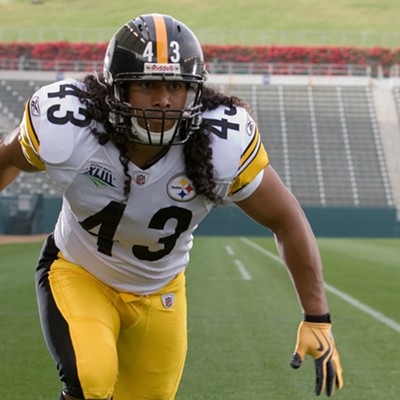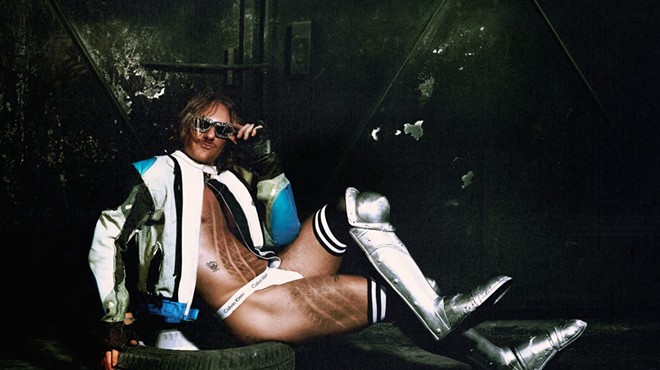A new report by the Women's Law Project places the University of Pittsburgh among the worst large schools in the Commonwealth when it comes to offering equal opportunities for female athletes and Pennsylvania State University as one of the best.
Since 1972, the federal Title IX law has required any school, college or university that gets federal dollars to provide equal opportunities for male and female students on the fields and in the gyms. The Women's Law Project study, Gender Equity in Intercollegiate Athletics: Where Does Pennsylvania Stand?, finds that, more than 30 years later, women still play second-string at many Pennsylvania colleges and universities.
Many individual Pennsylvania schools did well, but overall, the total statewide numbers are grim. To level the playing field with male athletes, more than 8,000 more women would need to be swatting at softballs, booting soccer balls and dunking basketballs.
Schools have cited football as a reason for gender disparities. Huge, storied football programs -- almost completely male-dominated -- are closely tied to school identity for alumni and students, and merchandising and television bring dollars to school coffers.
"Schools that use football as an excuse are really doing that, just making an excuse for their own choice not to comply to Title IX," says David S. Cohen, staff attorney at the Women's Law Project and the study's author.
The study tracked money spent on recruiting and scholarships and the number of team spots open to male and female undergraduates at 112 schools across Pennsylvania between 2001 and 2004, through data the schools are required to make public. On average, Penn State had just 2.5 percent fewer spots available on female teams than on male teams over those three years, whereas Pitt averaged 11.4 percent fewer athletic opportunities for women.
The study considers a difference of 10 percent to be a significant shortchanging of women.
About 47 percent of Penn State's 33,000 students are female, almost equal to the proportion of female athletes at the school (45.6 percent). But at Pitt, 52 percent of the university's 15,400 students are female, while only 40 percent of its athletes are women. The schools are similar in the percentage of athletic scholarship money that goes to women (about 40 percent for Penn State and about 39 percent for Pitt) and on their proportion of spending for recruitment of women athletes (about 30 percent for Penn State and about 35 percent for Pitt).
Both Pitt and Penn State are currently between semesters, and neither school's sports information office could be reached for comment.
If women and girls don't have athletic opportunities in high school, they're less likely to go after them in college, says Cohen. He would like to see Pennsylvania join the four other states that require high schools to show the government how well they are -- or aren't -- treating girls on the field. He believes that could lead to increased opportunities for female athletes at all levels of schooling.
"Schools that treat women well attract more athletes," Cohen says, "because they know they're going to get a fair shake."
The complete report is available online at www.womenslawproject.org.













